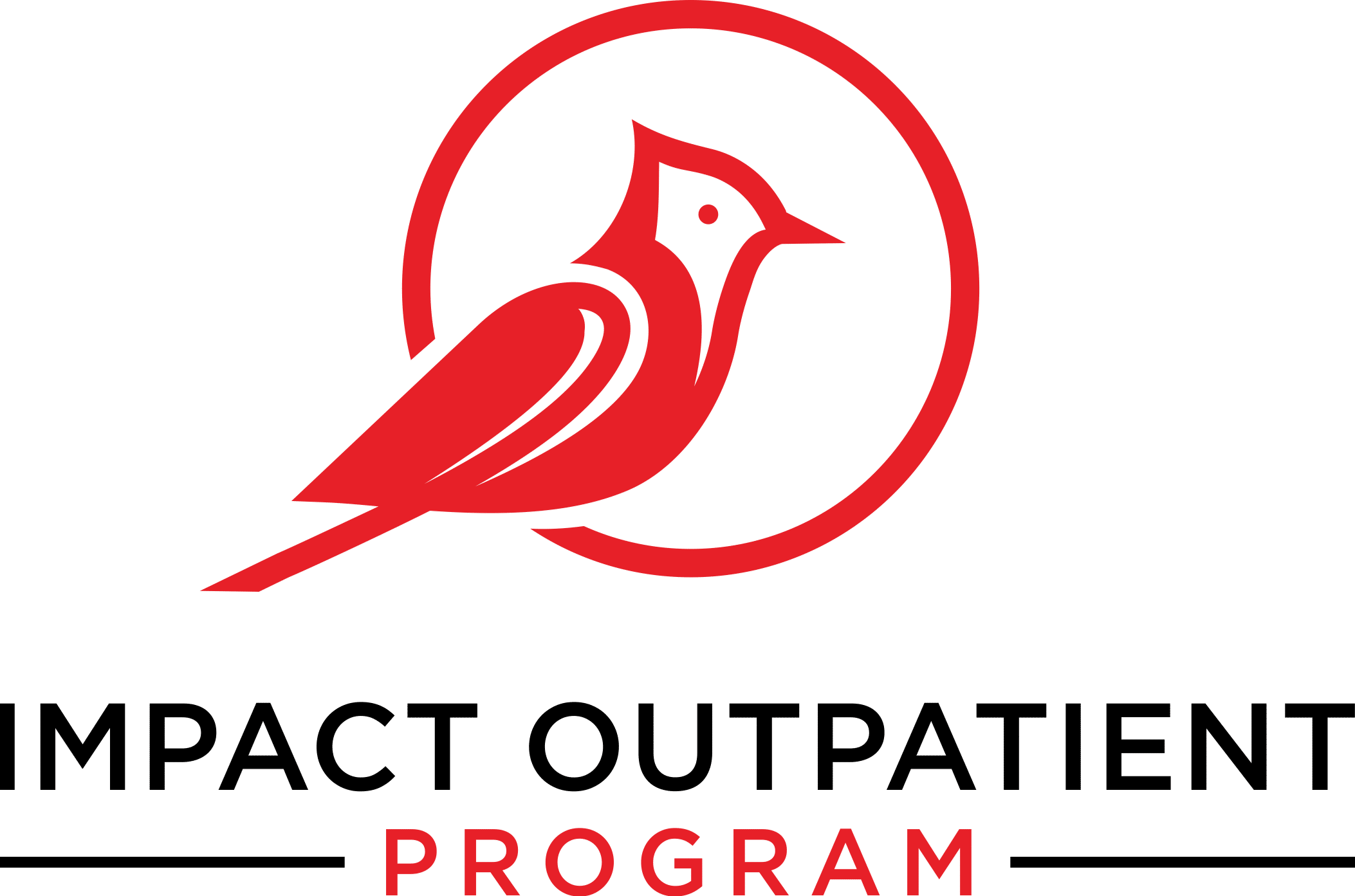Recreational (but illegal) drugs are classified within a range of categories. It is these categories that help us assess their effects, consequences, and of course, how governmental departments believe they should be controlled.
For instance, the recent legalization of cannabis in many U.S states came thanks to extensive research and studies that showed minimal physical effects from prolonged usage, and a range of worthwhile medicinal applications provided the right circumstances were present.
Some of these classifications include the scheduling of each substance, be that in “classes” such as Class A, B, and C, or Schedule 1 – 5, the former involving drugs that have zero therapeutic value, and the latter involving substances that are safe and practical to sell over the counter without a medical prescription.
What are “uppers” and “downers”?
But, of course, there are additional classifications that categorize how one might feel after consuming a particular substance. These are colloquially known as “uppers” and “downers.” These terms are self-explanatory. Alcohol, for instance, is a “downer,” a depressant that can produce euphoric feelings, but ultimately causes sluggishness, a lack of control, and even unconsciousness.
“Uppers,” on the other hand most often refer to stimulants such as cocaine and amphetamines. These are known to cause euphoria, enhance focus, improve confidence, lessen inhibitions and heighten sociability. But as everyone has their own unique physical makeup, not all drug effects are alike.
Is this true for everyone?
Some people may find that stimulants make them feel lethargic, tired, nauseous, and dizzy. Regardless of what you feel within the first few hours of taking such a substance, you can be sure that stimulants lead to a sense of lethargy, depression, ennui, and even anxiety after the high wears off.
Long-term usage can mean that the continued stimulating effects are less pleasing and require higher quantities of the substance to achieve again. This is followed by another “comedown” of prolonged, repetitive tiredness. So – no matter if your body reacts to the stimulant as an “upper” or “downer,” you can be certain that sooner or later, you’ll feel down all the same. The party never lasts.
Finding help through the Impact Outpatient Program.
If you feel as though now is the time to make a positive step in your life, you’ve come to the right place. It can never be easy to admit that you’re struggling, or that a habit has gotten out of control.
No matter who you are, you deserve the chance to start again with support behind you. This is why the Impact Outpatient Program is successfully treating patients from all walks of life, as their qualified professionals and easy admission process provide the most convenient onboarding and program scheduling out there.
This world-class treatment allows you to gain all the benefits of a full course of rehab treatment without having to attend a facility. With excellent telemedicine services and even an intensive outpatient program, unlocking your better tomorrow is more than possible.
While it does take work to achieve, finding a new lease on life is one of the best decisions you could ever make. Contact us today to start that process on the best possible terms.

